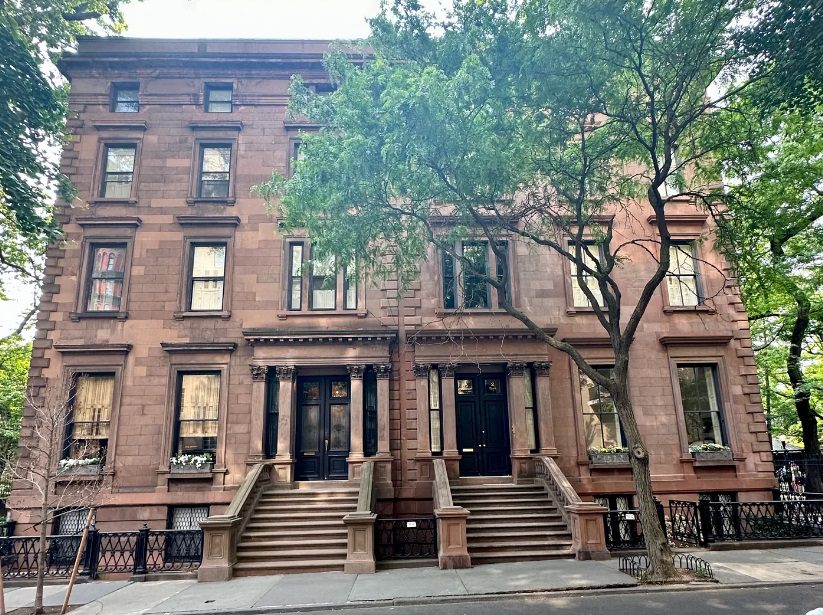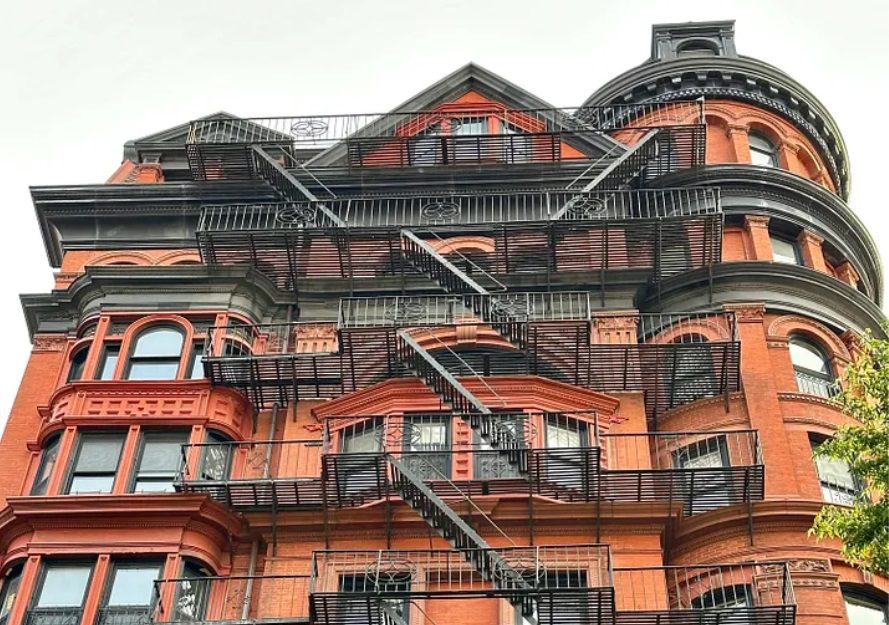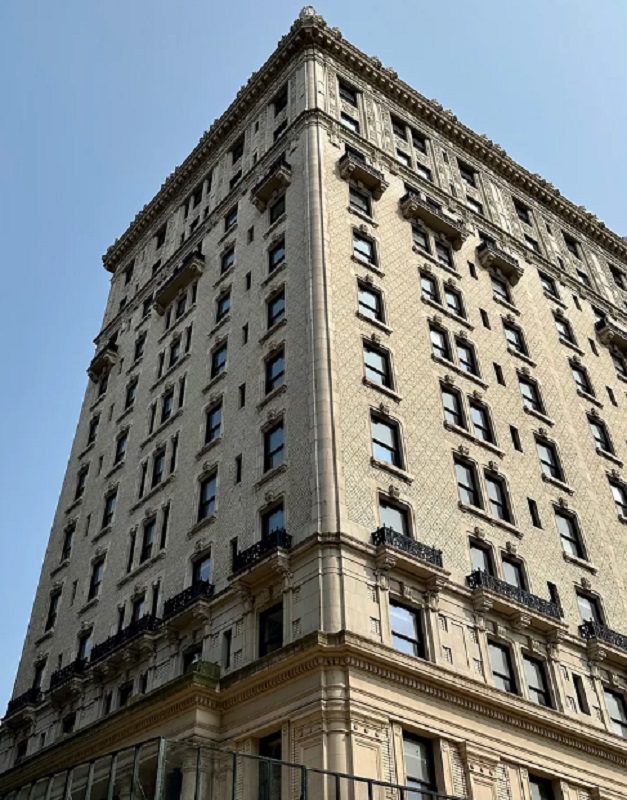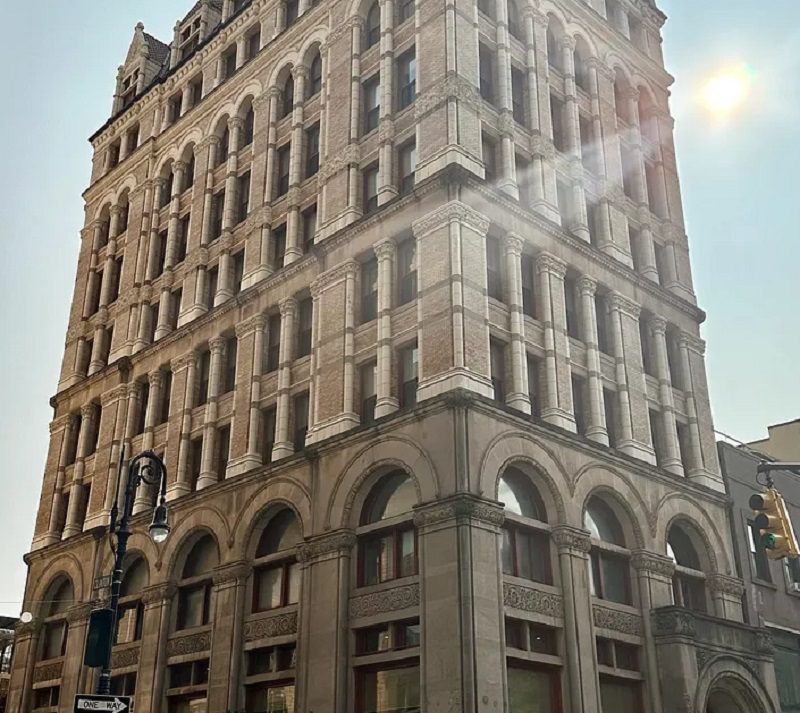Brooklyn’s architectural styles span from the exquisite rigor of Federal-style structures to grand Greek Revival homes. Be prepared to see stunning neo-Gothic building decorations as well as beautiful decorative Italian designs. Read about some of Brooklyn’s historic buildings at brooklyn-future.
St. Ann and the Holy Trinity Church

This structure, at 157 Montague Street, was one of the first buildings in neo-Gothic style in the United States. The church, which was built in the 1840s, is well-known for its spectacular stained glass windows designed by the renowned English artist William Jay Bolton.
2 and 4 Pierrepont Place

These two Greek Revival residences were erected in the mid-nineteenth century by Hezekiah Beers Pierrepont, one of the first developers of Brooklyn Heights. The houses, which are still in excellent condition, reflect the rich lifestyle of the time.
62 Montague Street, or the Arlington

This historic cooperative building located at 62 Montague Street, commonly referred to as the Arlington, has housed an astounding number of creative individuals, including dramaturgist Arthur Miller and artist and director Marie Menken. The 10-story building in the heart of Brooklyn Heights, constructed by Montrose Morris in 1887, is recognized for its Queen Anne-style architecture and historical character. The building initially had 30 units and was the tallest residential structure in Brooklyn Heights for the first two decades of its existence. Nowadays, it provides tenants with a variety of modern amenities, including a common roof terrace with spectacular views of Manhattan and the Statue of Liberty. The building had a full facade renovation in 2010, which improved its unique architectural features, such as the iconic “witch’s hat” cornucopia and delicate terracotta cherubs. Since 1965, 62 Montague Street has been designated a National Historic Landmark.
98 Montague Street, Hotel Bossert

The Hotel Bossert, located at 98 Montague Street, is a historical landmark in Brooklyn Heights. It was built in 1909 by timber magnate Louis Bosser and immediately became known as the “Waldorf-Astoria of Brooklyn” due to its majestic Italian Renaissance facade and luxurious amenities. It served as the venue for the celebration of the Brooklyn Dodgers’ only World Series victory. The hotel’s iconic Marine Roof restaurant offered stunning views of 1920s Manhattan. After being bought by Jehovah’s Witnesses in 1983, who owned it until 2012, the structure underwent significant changes.
156 Henry Street (CVS)

In the middle of the grandeur of multi-story structures, 156 Henry Street is an appealing red brick building with a distinctive two-story design that is quite unique from an architectural standpoint. Situated at the junction of Love Lane and Henry Street, this quaint building tells the story of commercial adaptability. Originally, the building housed the local grocery store Bohack, which was later replaced by the supermarket D’Agostino, and currently, CVS Pharmacy occupies the first level. On the top floor of the structure, a beautiful studio apartment is available for rent, adding a residential element to the multi-functional design. The structure, with its classic brick facade and distinct character, adds to the historic district’s already diverse architectural landscape.
166 Montague St

The Franklin Trust Tower at 166 Montague Street, built between 1889 and 1892, includes traditional round arches and detailed sculptural embellishments of this style. This is a notable feature of the area’s architectural landscape.